5. Land of the Dead (2005) – Day of the Dead sequel
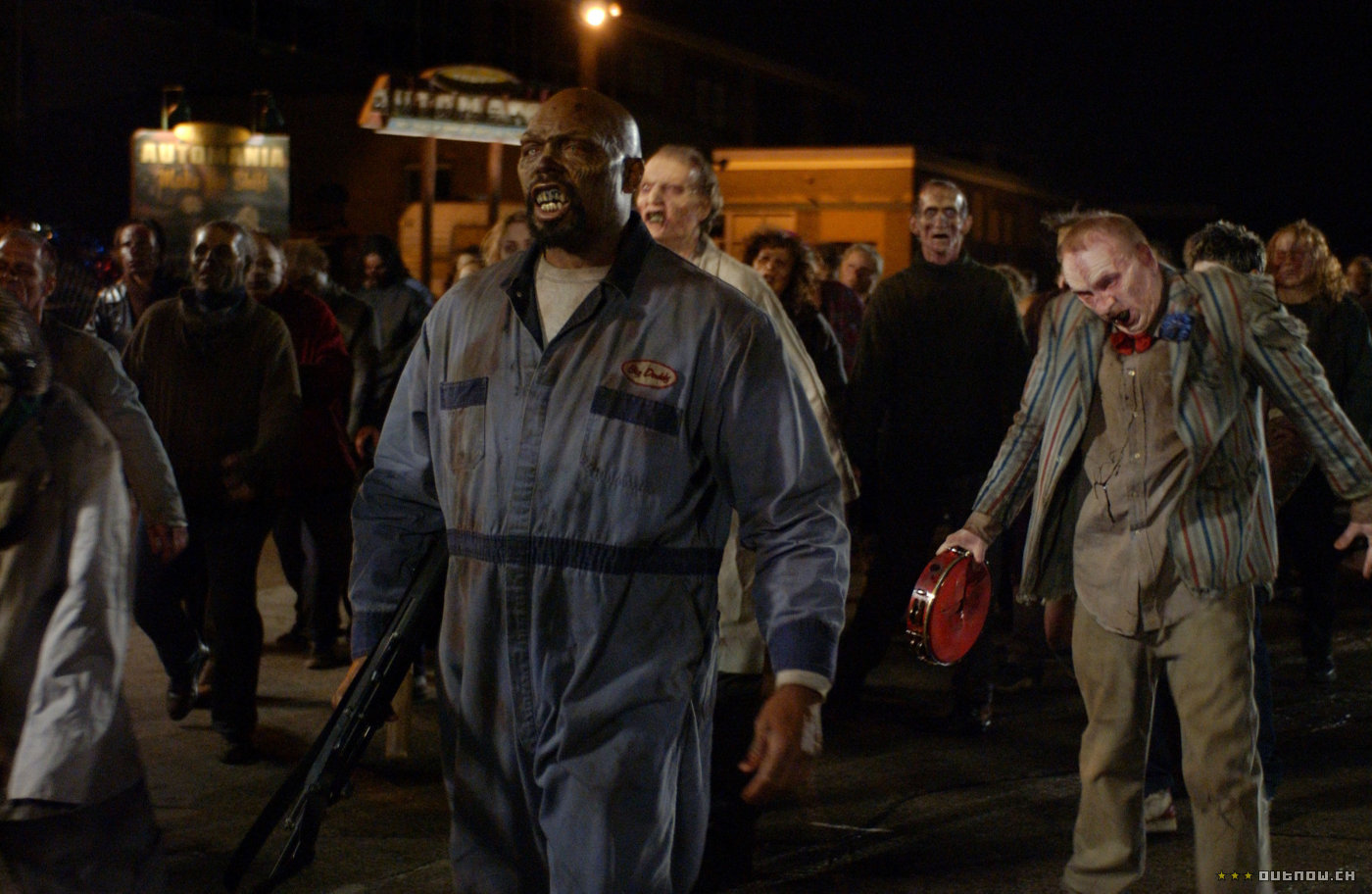
George A. Romero went back to his biggest obsession in Land of the Dead, the fourth film in his zombie franchise, started by the seminal Night of the Living Dead, back in 1968. This high-praised late sequel shows that the master of horror has not lost its touch – it’s a high-wire thriller with terrifying sequences that don’t rely on jump-scare tactics and takes full advantage of state-of-the-art makeup and visual effects.
The fact that Romero spent 30 years harboring social commentary to let it out in this film makes it even more essential, as the maladies of American society are exposed through the always-nifty recourse of zombie stories. Romero’s subsequent follow-ups, Diary of the Dead (2007) and Survival of the Dead (2009) as not as good, but if his comeback only produced Land of the Dead, it would still be worth it.
4. The Thousand Eyes of Dr. Mabuse (1960)
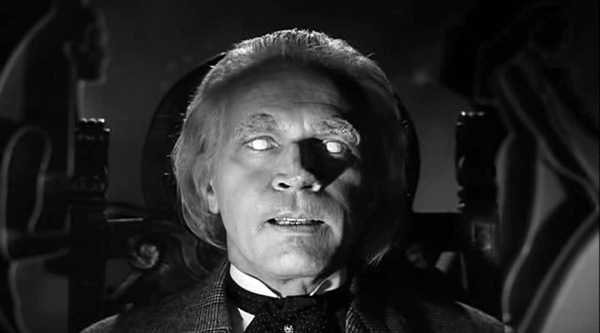
German master Fritz Lang’s last film before his death is a return to one of his most celebrated characters, criminal genius Dr. Mabuse, taken from Norbert Jacques’ mystery novels. The character’s previous appearance was in what’s considered one of Lang’s masterpieces, 1933’s The Testament of Dr. Mabuse. While the sequel is not as essential as the original, it has plenty to admire throughout its swift 103-minute length.
First of all, it displays Lang’s uncanny ability to create suspense and paranoia as it puts Mabuse, by then believed to be dead, spying on the guests of a luxurious hotel. The film is also a smart critique of modernity, discussing the idea of surveillance, combining it with the characteristic nihilism of the Dr. Mabuse stories.
3. Toy Story 3 (2010)
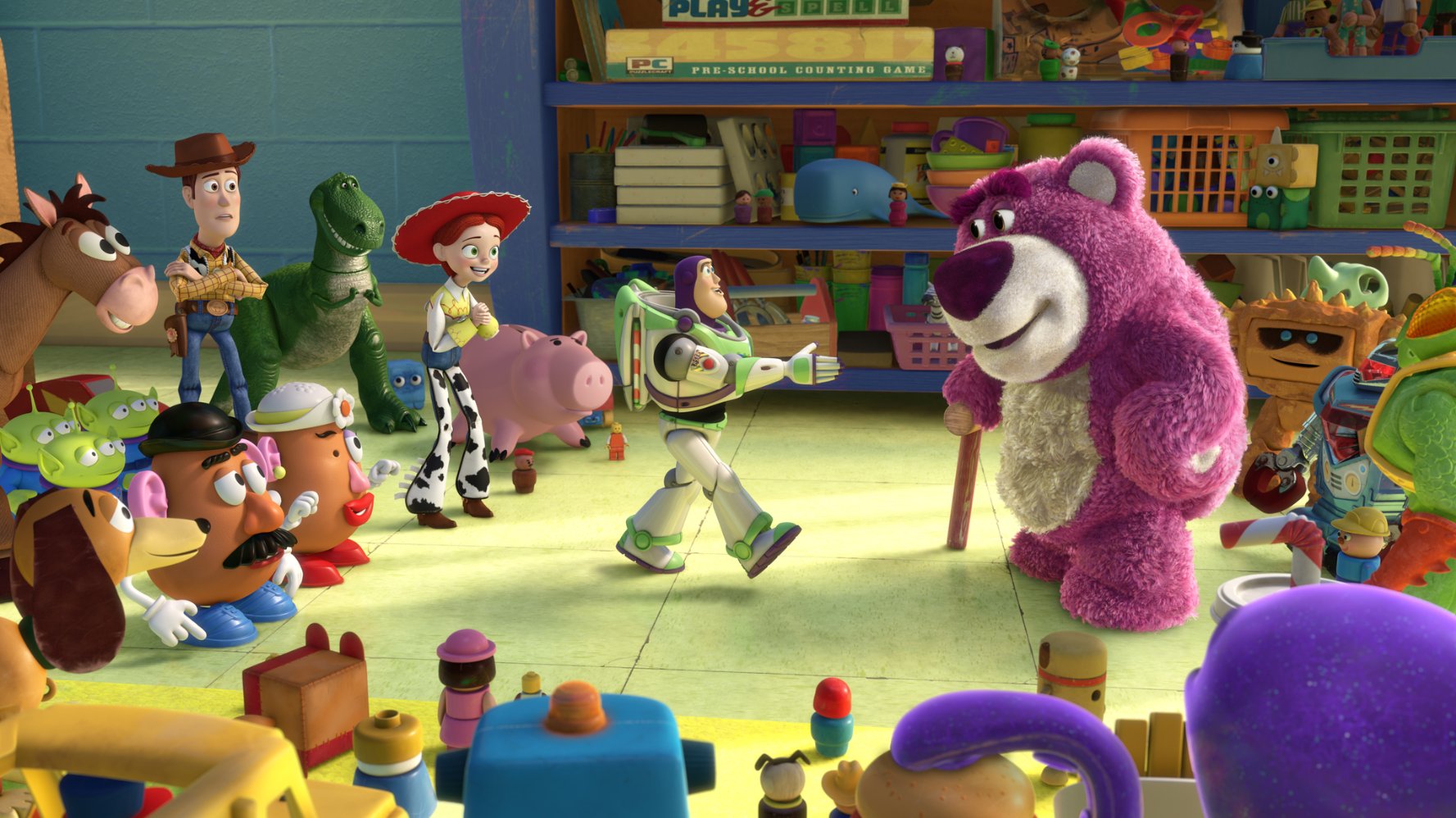
While a fourth film of the Toy Story franchise is scheduled for 2019, it’s fairly obvious that Toy Story 3 is the definitive end to Woody and Buzz’s journey, as it began in the 1994 Pixar classic and continued in the 1999 sequel. In this case, the 11-year gap between the second and third films worked to the film’s advantage, capitalizing in its own public’s maturity to tell a story about outgrowing childhood totems and passing them on to a new generation.
It helps that director Lee Unkrich and screenwriter Michael Arndt understand that this is an emotional experience for post-adolescent fans of the franchise, and therefore lend weight and pathos to the proceedings. Toy Story 3 remains one of Pixar’s finest achievements, and we can only hope that, whatever the fourth film will have to say, it’s as good as this one.
2. The Color of Money (1986)
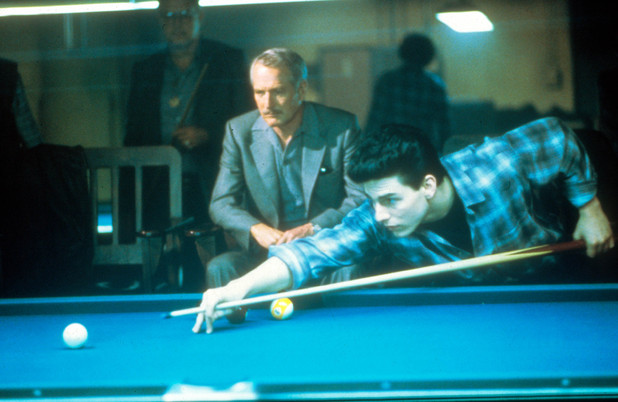
Who would have known that pool players were such compelling characters before Robert Rossen’s The Hustler, a multiple Oscar-nominee back in 1961 about a young, up-and-doming player facing off against an old pro? Brilliantly acted and tensely directed, the film made small-time crooks into the stuff of legend, and earned Oscar nods for Paul Newman, Piper Laurie, Jackie Gleason and George C. Scott, plus a few more outside of acting categories.
26 years later, Newman’s Fast Eddie Nelson returned to coach his own protégé, Tom Cruise’s Vicent Lauria, in Martin Scorsese’s sequel, The Color of Money. Less celebrated than the original, Scorsese’s film ended up earning Newman the Oscar the Academy denied him the first time he played the character. With a nice script by Richard Price, The Color of Money is an unnecessary, but very compelling, film.
1. Saraband (2003) – Scenes from a Marriage sequel
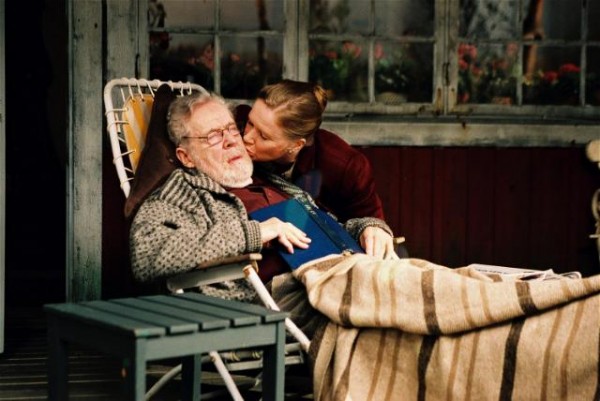
Ingmar Bergman’s most celebrated television production, 5-hour miniseries Scenes from a Marriage came out in 1973 chronicling ten years of a couple’s relationship, with Liv Ullmann and Erland Josephson delivering legendary performances as a college professor and a divorce lawyer seeing their marriage deteriorate and fall apart slowly. While originally produced for television, it was theatrically released and ended up winning the Golden Globe for Best Foreign Film.
The sequel came thirty years later, and marked Bergman’s last directorial effort before his death. It tells of the couple reuniting three decades after divorce, while the husband’s son is embroiled in conflict with his own daughter. Sensitive as usual for Bergman and brilliantly directed, Saraband is a welcome complement to the original, and a nice swan song for one of the most legendary filmmakers of all time.
Author Bio: Caio Coletti is a Brazilian-born journalist, a proud poptimist, and has too many opinions to keep them all to himself.